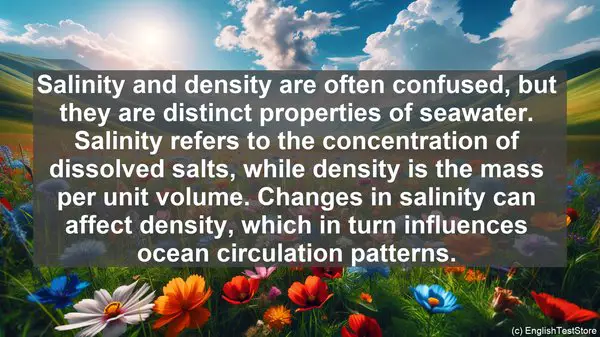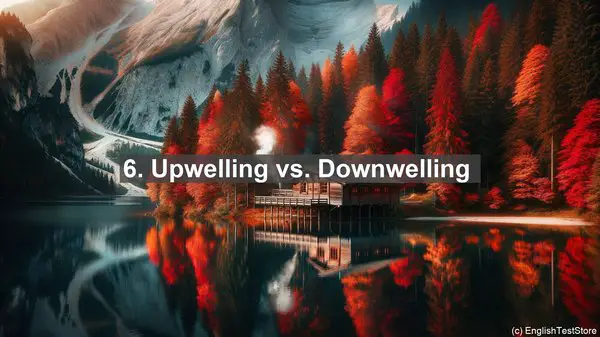Introduction
Welcome to today’s marine biogeochemistry lesson. In this lesson, we’ll be diving into the world of words that often trip up students. Let’s get started!
1. Dissolved vs. Particulate
One of the first distinctions to make is between dissolved and particulate. Dissolved substances are those that are fully mixed into the water, while particulate refers to solid or liquid matter that is suspended. Understanding this difference is crucial for studying nutrient cycles and the movement of materials in the ocean.

2. Respiration vs. Photosynthesis
Respiration and photosynthesis are two fundamental processes in marine ecosystems. While respiration involves the release of energy by breaking down organic matter, photosynthesis is the process by which plants and algae convert sunlight into energy. These processes are interconnected and play a vital role in carbon cycling.
3. Salinity vs. Density
Salinity and density are often confused, but they are distinct properties of seawater. Salinity refers to the concentration of dissolved salts, while density is the mass per unit volume. Changes in salinity can affect density, which in turn influences ocean circulation patterns.
4. Eutrophication vs. Hypoxia
Eutrophication and hypoxia are two concerning phenomena in coastal areas. Eutrophication is the excessive enrichment of water with nutrients, leading to algal blooms. When these blooms decay, oxygen is consumed, resulting in hypoxia, or low oxygen levels. This can have severe impacts on marine life.
5. Benthic vs. Pelagic
When we talk about the ocean, we often refer to the benthic and pelagic zones. The benthic zone is the ocean floor, while the pelagic zone is the open water. These zones have distinct ecosystems and play different roles in the overall marine environment.
6. Upwelling vs. Downwelling
Upwelling and downwelling are important processes in ocean circulation. Upwelling occurs when deep, nutrient-rich water rises to the surface, while downwelling is the sinking of surface water. These movements have significant implications for nutrient availability and productivity.
7. Red Tide vs. Harmful Algal Bloom
Red tide and harmful algal blooms are terms used to describe algal blooms that have negative impacts. While red tide specifically refers to blooms that discolor the water, harmful algal blooms encompass a wider range of blooms that can produce toxins, affecting both marine life and human health.

8. Residence Time vs. Turnover Time
Residence time and turnover time are concepts used to understand the movement of substances in the ocean. Residence time refers to the average time a substance spends in a reservoir, while turnover time is the time it takes for the entire volume of a reservoir to be replaced. These concepts are essential for studying the fate of pollutants or the cycling of elements.
9. Nitrate vs. Nitrite
Nitrate and nitrite are two forms of nitrogen that are crucial for marine life. Nitrate is the oxidized form, while nitrite is the partially reduced form. Both are important nutrients, but their availability and ratios can influence the growth of different organisms.
10. Primary vs. Secondary Production
Primary production is the synthesis of organic matter by autotrophic organisms, such as plants and algae. Secondary production, on the other hand, refers to the conversion of organic matter into biomass by heterotrophic organisms. Understanding these processes is key to comprehending energy flow in marine food webs.
